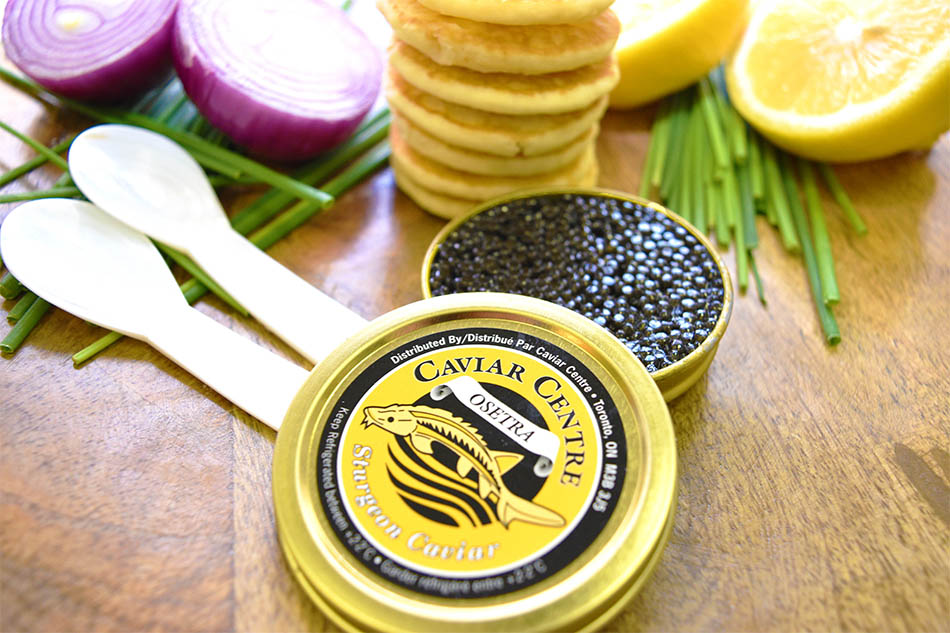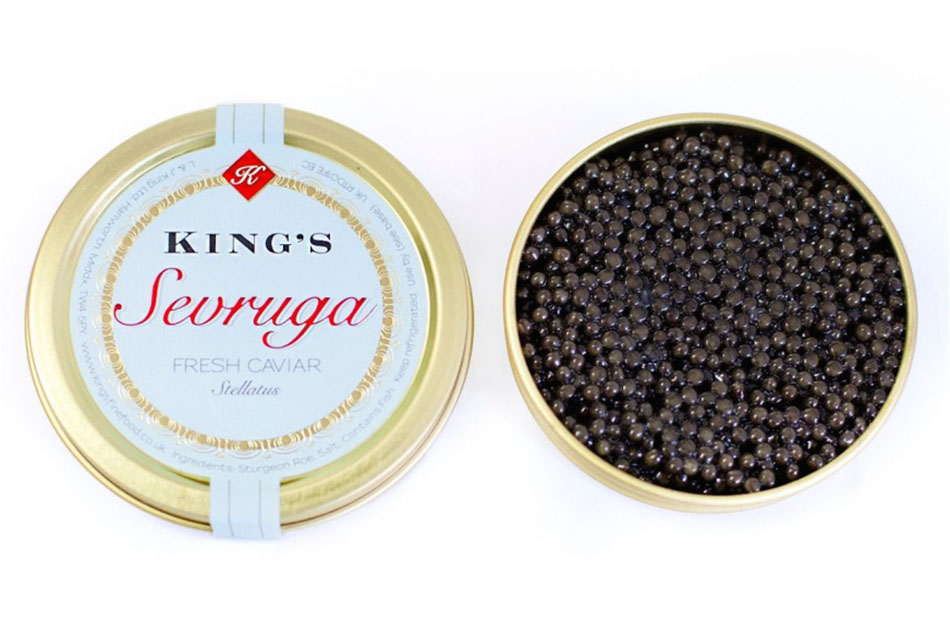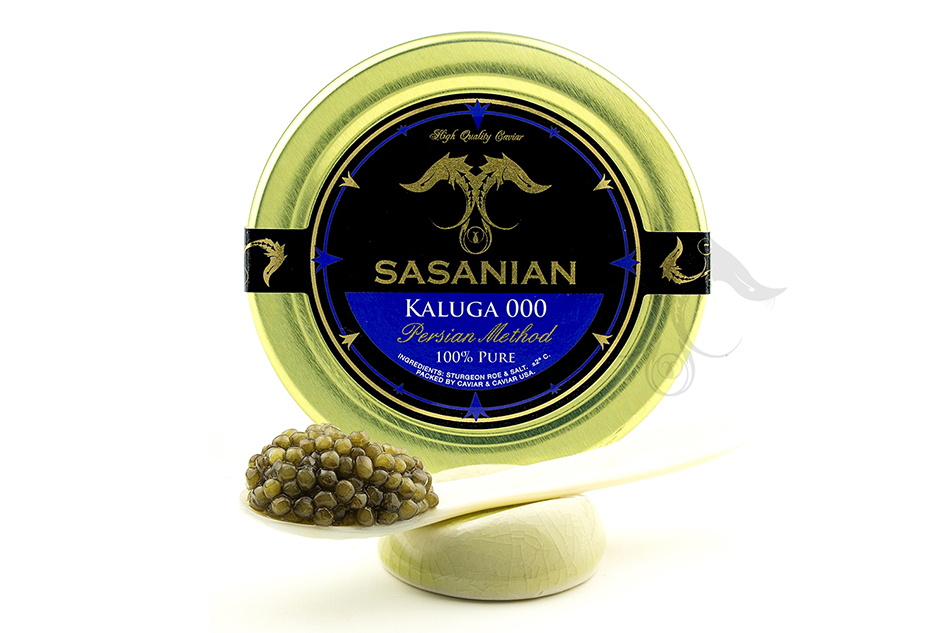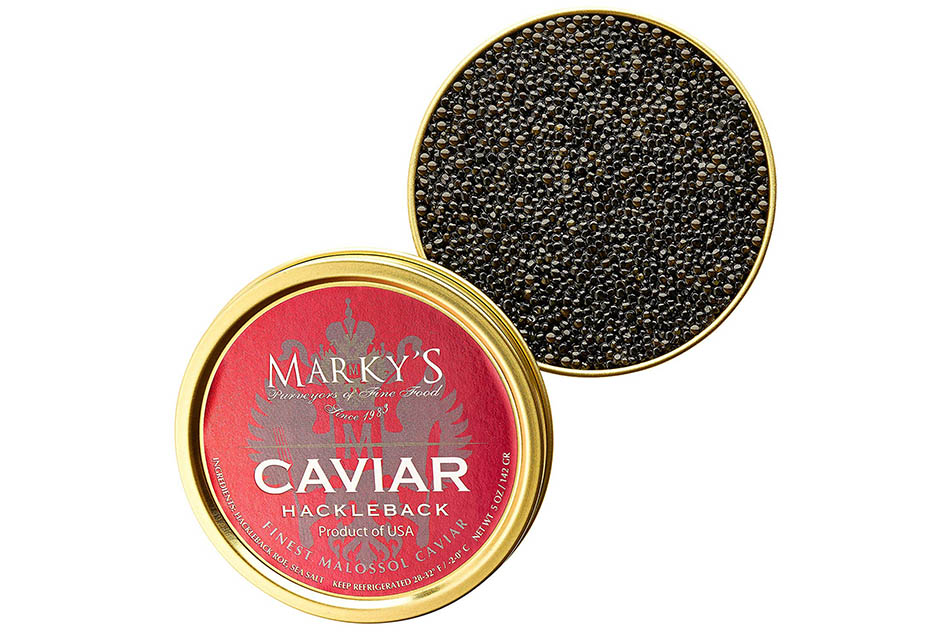From beluga to sevruga: the most popular caviar varieties | ABS-CBN
ADVERTISEMENT

Welcome, Kapamilya! We use cookies to improve your browsing experience. Continuing to use this site means you agree to our use of cookies. Tell me more!
From beluga to sevruga: the most popular caviar varieties
From beluga to sevruga: the most popular caviar varieties
Barry Viloria
Published Dec 10, 2018 07:58 AM PHT
The types and varieties of caviar deserve their own book. As a luxurious delicacy, caviar is classified per origin, with the Americans, Russians, Iranians, and the French among the world’s biggest processors and producers. Here are the most popular types of caviars, from gourmet picks to crowd favorites.
The types and varieties of caviar deserve their own book. As a luxurious delicacy, caviar is classified per origin, with the Americans, Russians, Iranians, and the French among the world’s biggest processors and producers. Here are the most popular types of caviars, from gourmet picks to crowd favorites.
Beluga
It’s the rarest of its kind and among the most expensive. The Beluga sturgeon, which takes 20 years to produce its prized eggs, is now endangered. Still, Beluga is indispensible in the world’s starred kitchens, renowned for its buttery flavor and smooth texture. The pea-sized eggs are black, pale gray, or silver.
It’s the rarest of its kind and among the most expensive. The Beluga sturgeon, which takes 20 years to produce its prized eggs, is now endangered. Still, Beluga is indispensible in the world’s starred kitchens, renowned for its buttery flavor and smooth texture. The pea-sized eggs are black, pale gray, or silver.
Osetra
The caviar fit for czars and shahs is medium-sized, crisp, and dark brown to golden with a sweet and faintly fruity taste.
The caviar fit for czars and shahs is medium-sized, crisp, and dark brown to golden with a sweet and faintly fruity taste.
Sevruga
Sevruga is small, salty, rich, and more buttery than Beluga, making it the darling of Russian connoisseurs. This variety is plentiful and the least expensive of caviars, with pearls that are black to light gray.
Sevruga is small, salty, rich, and more buttery than Beluga, making it the darling of Russian connoisseurs. This variety is plentiful and the least expensive of caviars, with pearls that are black to light gray.
ADVERTISEMENT
Kaluga
Served in many restaurants around the world, the Kaluga often substitutes for the pricier Beluga. Produced by the River Beluga sturgeon, the roe is as smooth and as richly colored as the rarest caviar. It’s earthy, salty, and somewhat buttery, and goes down smoothly with an appealing aftertaste.
Served in many restaurants around the world, the Kaluga often substitutes for the pricier Beluga. Produced by the River Beluga sturgeon, the roe is as smooth and as richly colored as the rarest caviar. It’s earthy, salty, and somewhat buttery, and goes down smoothly with an appealing aftertaste.
Hackleback
This is a delightful standalone for a first course, served with salt as the lone add-on. The flavor is more complex: salty yet buttery, nutty yet smooth, rich yet delicate. The Hackleback has a shelf life of only one month with an aroma that fades with time. Eat fresh from the tin. The roe is small to medium-sized and mostly black.
This is a delightful standalone for a first course, served with salt as the lone add-on. The flavor is more complex: salty yet buttery, nutty yet smooth, rich yet delicate. The Hackleback has a shelf life of only one month with an aroma that fades with time. Eat fresh from the tin. The roe is small to medium-sized and mostly black.
Photograph by Aldwin Apsillera
This story first appeared in Vault Magazine Issue 5 2012.
ADVERTISEMENT
ADVERTISEMENT







